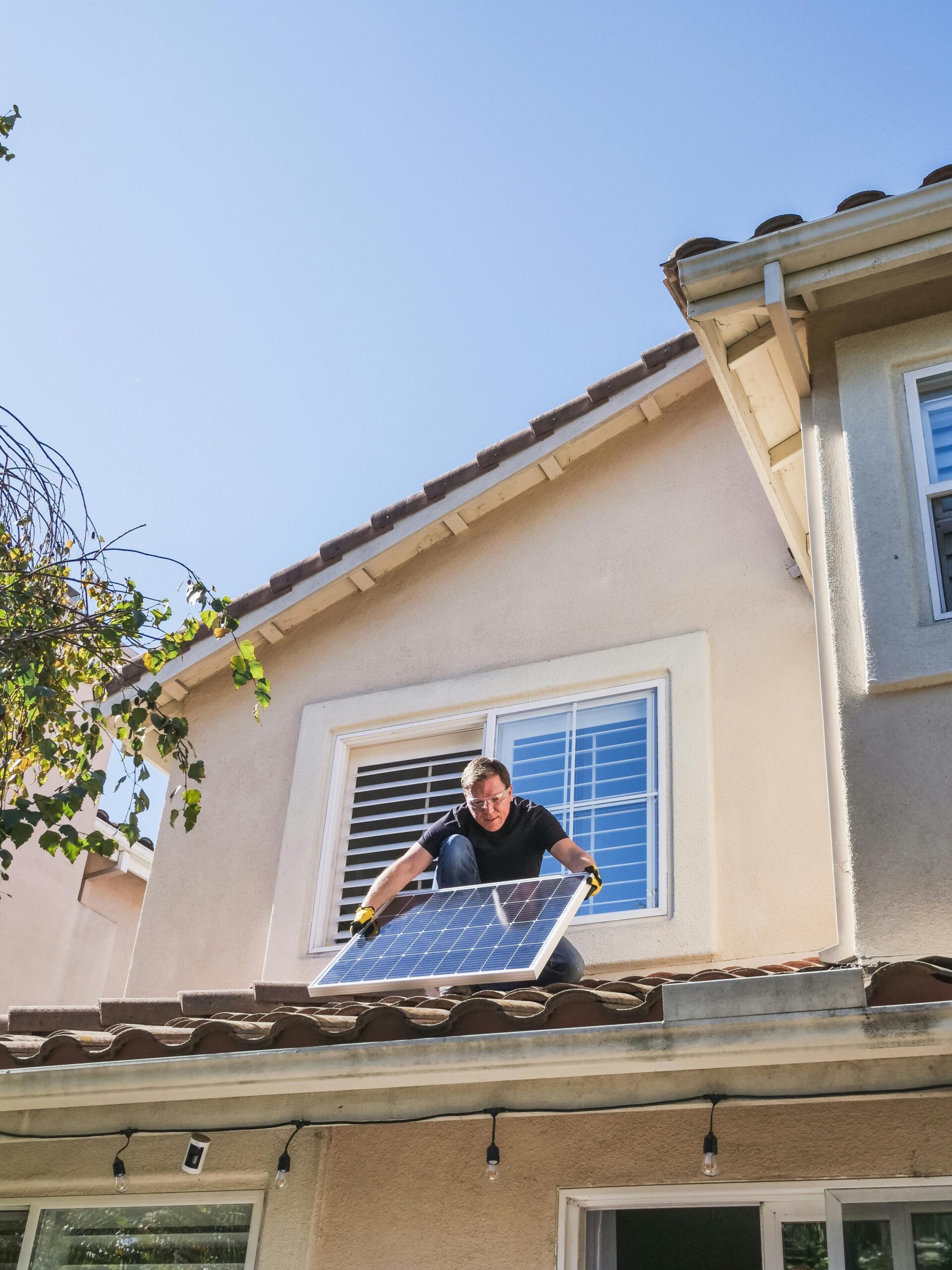The IRS has provided guidance on the federal income tax treatment of certain home energy rebates offered by states, with funds provided by the U.S. Department of Energy (DOE).
Background
The Inflation Reduction Act of 2022 included two provisions allowing rebates for home energy efficiency retrofit projects and home electrification and appliance projects. These home energy rebate programs are to be administered by state energy offices, with the DOE providing guidance and oversight.
For a home energy efficiency retrofit project with at least 20% predicted energy savings, a rebate may be available per household for 80% of project costs, up to $4,000 (reduced to 50% of project costs, up to $2,000, if household income is above 80% of area median income (AMI)). For a home energy efficiency retrofit project with at least 35% predicted energy savings, a rebate may be available per household for 80% of project costs, up to $8,000 (reduced to 50% of project costs, up to $4,000, if household income is above 80% of AMI).
For a home electrification and appliance project, a rebate may be available per household for 100% of project costs, up to specific technology cost maximums, with a maximum total of $14,000. The 100% of project costs limit is reduced to 50% if household income is above 80% of AMI. This rebate is not available if household income is above 150% of AMI. The specific technology cost maximums range from $840 for an Energy Star electric stove to $8,000 for an Energy Star electric heat pump for space heating and cooling.
Treatment of DOE home energy rebates to purchasers
A rebate paid to or on behalf of a purchaser pursuant to either of the DOE home energy rebate programs is not includible in the purchaser’s gross income. However, it will be treated as a purchase price adjustment for the purchaser for federal income tax purposes.
To the extent the rebate is provided at the time of sale, the rebate is not included in the purchaser’s cost (or tax) basis in the property. To the extent the rebate is provided later, the tax basis is reduced.
Treatment of DOE home energy rebates to certain business taxpayers
Payments of rebate amounts made directly to a business taxpayer, such as a contractor, in connection with the business taxpayer’s sale of goods or provision of services to a purchaser are includable in the business taxpayer’s income.
Coordination of DOE home energy rebates with the energy efficient home improvement credit
In some cases, a taxpayer can receive an energy efficient home improvement credit for federal income tax purposes. The credit is for 30% of amounts paid for certain qualified expenditures, with limits on the allowable annual credit and on the amount of credit for certain types of qualified expenditures. The maximum annual credit amount may be up to $3,200.
If the taxpayer receives a DOE home energy rebate (whether at the time of sale or later), the amount of qualified expenditures used to calculate the energy efficient home improvement credit must be reduced by the amount of the rebate. If the taxpayer purchases items eligible for both the DOE home energy rebate and the energy efficient home improvement credit, the taxpayer can make a pro rata allocation of amounts received as rebates to the individually itemized expenditures as a share of total project cost in determining the amounts treated as paid or incurred for such items for purpose of the various limits on costs under the energy efficient home improvement credit.
Prepared by Broadridge. Edited by BFSG. Copyright 2024.Disclosure: BFSG does not make any representations or warranties as to the accuracy, timeliness, suitability, completeness, or relevance of any information prepared by any unaffiliated third party, whether linked to BFSG’s website or blog or incorporated herein and takes no responsibility for any such content. All such information is provided solely for convenience purposes only and all users thereof should be guided accordingly. Please remember that different types of investments involve varying degrees of risk, and there can be no assurance that the future performance of any specific investment or investment strategy (including those undertaken or recommended by Company), will be profitable or equal any historical performance level(s). Please see important disclosure information here.


